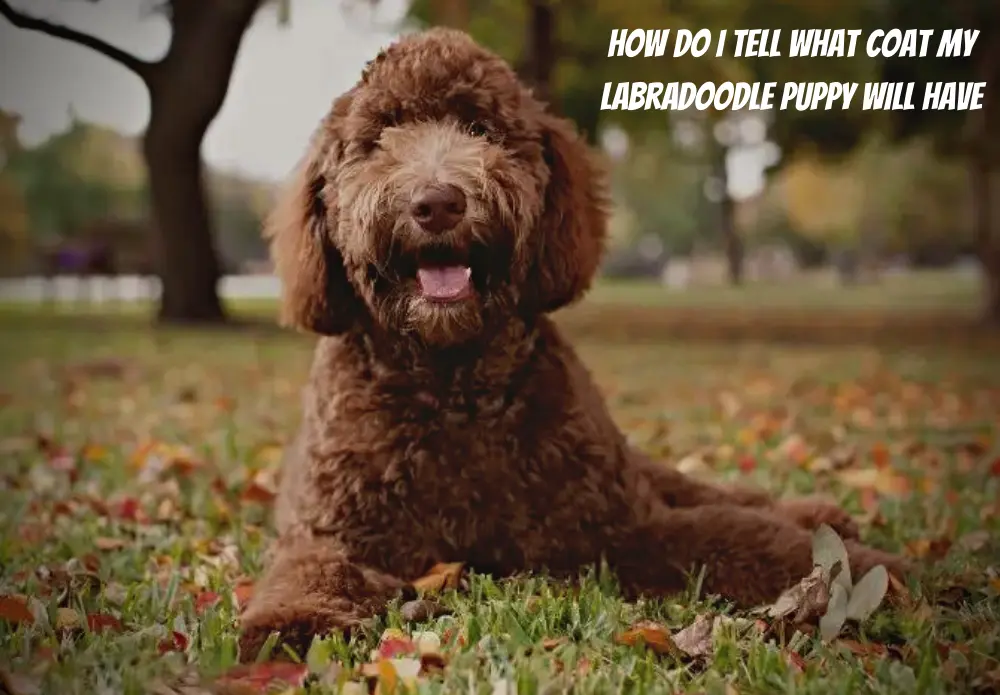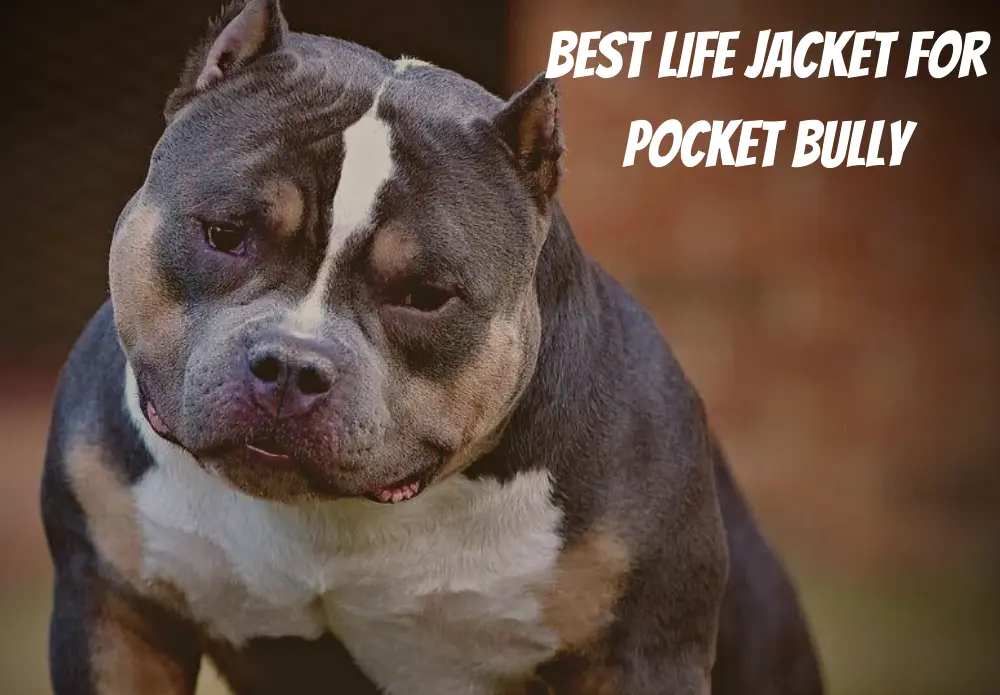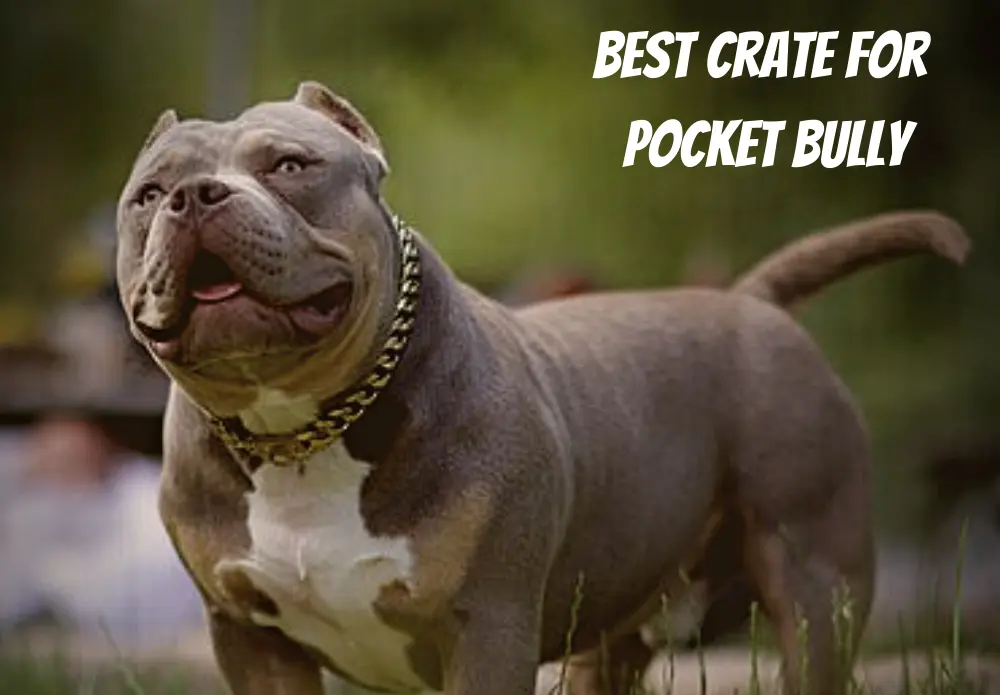The fact that Labradoodles shed very little or not at all and are generally more hypoallergenic than other breeds is one of the main benefits of owning one. Coat type is a deciding element in this. I can tell you about some ways you can try to forecast the type of coat that your Labradoodle puppy will have because I have been a reputable breeder of Labradoodles and other poodle mixes for the past eight years and have raised numerous litters of Labradoodles myself.
A few characteristics of a Labradoodle puppy must be considered to identify the coat type. First, check whether there are any waves, curls, or crimps on the puppy’s face or snout. The texture of the puppy’s and its parents’ coats is another clue as to its type of coat.
Let’s first explore the various coat kinds before moving on to how to determine what type of coat your dog will have. Additionally, we’ll discuss how coat type is influenced by genetics and how you can select a Labradoodle generation to acquire the coat type you want.
Labradoodles Coats
In addition to the traditional solid colors of black, caramel, and white, Labradoodles come in various gorgeous hues, including peach, apricot, chocolate, red, chocolate brindle, and more. As a result, if you want to buy a Labradoodle puppy, you have a lot of possibilities.
You can choose from various Labradoodle coat varieties in addition to their distinctive colors. Understanding these various coat types will help you choose the coat you want your Labradoodle to have and teach you how to take care of it and what to expect as your puppy grows.
Did you know that as a Labradoodle grows, its coat can change in kind and color? As a dog ages, pet owners may anticipate a pleasant surprise.
Each of the numerous coats that a Labradoodle puppy might have has a variety of patterns, almost like a customized version of your dog’s appearance.
Types Of Labradoodle Coat
Labradoodles are guaranteed to stand out from the crowd thanks to their striking coats! This dog breed is well-liked by dog enthusiasts partly because of its coat since it is one of the very few whose fur is odorless.
Labradoodles can have one of three different coat types. While each is very special, each coat type also sheds differently, necessitating different care techniques.
Hair
The Labrador retriever dog’s coat is most similar to the hair coat. The most shedding is likely to occur in Labradoodles with this coat type, but that doesn’t make them any less hypoallergenic than the other breeds. Recent research has revealed that most dog allergies are brought on by dandruff rather than dog hair.
Puppies with flat coats require less grooming than wool or fleece coats, but they must be brushed out frequently. Despite having the same disposition and traits as their brothers, flat-coated doodles are frequently viewed as less desirable due to the texture of their coats.
Fleece
A fleece coat is a transitional garment between a curly and a flat coat. Across all generations, this coat type is the most prevalent in Labradoodles. Most Labradoodles have fleece coats, normally non-shedding, and what you picture when you think of Labradoodles. The hair around a puppy’s ears and collar needs special attention when brushing because it is prone to matting if it has a fleece coat.
Wool
The coat that most closely resembles a poodle is the wool or curly coat. It is known as the “wool coat” because it resembles a sheep’s thick, curly coat. Because F1 and F2 Labradoodles only inherit 50% of their genetic makeup from a poodle, this coat is not frequent in these breeds. The most intensive grooming regimen is required for wool coats. Along with daily brushing, wool-coated dogs must have haircuts every six weeks.
How Do I Tell What Coat My Labradoodle Puppy Will Have?
Looking at the fur around your puppy’s face or muzzle is the first and simplest way to determine what kind of coat they will have. The hair normally begins to display the most curl in this area.
These regions frequently exhibit crimps or waves on the coats of puppies who grow to have curly or wavy hair. A flat-coated Labradoodle puppy may have a small mustache or beard, but their hair will be straight rather than curly or crimped.
Examining and feeling the texture of your Labradoodle puppy’s coat can also help you determine the breed of coat it has. Puppies are born with a softer, fluffier puppy coat that aids in protection and body temperature regulation as they develop and mature.
Puppies with a flat coat typically start with a coarser and shorter puppy coat, even though they will soon lose and be left with a rougher coat. Flat-coated puppies’ coats will also stand out because they have what appears to be an undercoat and a longer, wispier top coat that resembles a wire coat.
If these signs do not allow you to predict the type of coat your puppy will have, you should look at its parents. Since you won’t have a strong comparison base if your puppy is an F1 Labradoodle, a cross between a Poodle and Labrador Retriever, it is generally best used if you have a different generation of Labradoodle.
The likelihood that your puppy will have a curly coat is increased if one of the Labradoodle parents has a tighter, curlier coat.
All of these strategies are useful for estimating the potential appearance of your dog’s coat. Still, they should only be regarded as educated guesses because a puppy’s coat may alter once it has lost its puppy coat.
Why Does the Generation Matter?
The type of coat a Labradoodle puppy will have depends greatly on its generation. A puppy’s coat will be more curly if it contains more poodle DNA. This means the puppies with the curliest coats would be F1BB or F2BB Labradoodles.
The generation and genetics of the dog can give you a decent sense of what type of fur they will have if you can’t see your puppy or are searching for a certain type of coat before purchasing a Labradoodle puppy.
| Parent 1 | Parent 2 | DNA Percentage- Poodle | DNA Percentage- Labrador Retriever | |
| F1 Labradoodle | Labrador Retriever | Poodle | 50% | 50% |
| F1B Labradoodle | F1 Labradoodle | Poodle | 75% | 25% |
| F1BB Labradoodle | F1B Labradoodle | Poodle | 87.5% | 12.5% |
| F2 Labradoodle | F1 Labradoodle | F1 Labradoodle | 50% | 50% |
| F2B Labradoodle | F2 Labradoodle | Poodle | 62.5% | 37.5% |
| F2BB Labradoodle | F2B Labradoodle | Poodle | 81.25% | 18.75% |
Labradoodle Coat Stages
Labradoodle puppies typically begin to shed their puppy coat by age six to twelve months old. This, however, varies according to the coat type that your Labradoodle puppy has.
We’ve discussed how your Labradoodle first had straight fur around its muzzle before changing to curly fur. You may wonder if Labradoodle puppies’ coats change as they age.
Well, the coat of practically every Labradoodle puppy changes. The necessity for grooming also grows as the puppy coat sheds or is replaced by an adult coat.
The coat of a Labradoodle puppy seems finer and softer than the coat of an adult. Additionally, the coat of an adult doodle may evolve into anything from straight hair to wool to fleece. Compared to a puppy’s coat, the new adult coat is typically thicker and smoother.
When it comes to your puppy’s shedding, it typically starts around the six-month point. But typically, your dog will begin to shed between the ages of six and nine months.
It takes them a long time to lose their puppy coats and grow an adult one. The coat doesn’t come off in one piece. Usually, it takes up to a year and a half.
It would help if you routinely brushed your Labradoodle puppy once its coat began to shed. This is crucial because if you don’t, the adult coat’s new growth may form mats in the fur, making your pup feel worse.
The generation of a dog is an important consideration that significantly impacts the behaviors and traits of the Labradoodle, especially its coat. This is why most breeders combine traits from several generations to produce particular traits.
Grooming Your Labradoodle
It can take much time and effort to groom your Labradoodle, but it is required.
To prevent matting, you should ideally brush your dog at least once per week, depending on the breed of Labradoodle and the condition of their coat. The frequency of brushing also depends on the daily activities the dog participates in.
Grooming Tools Every Labradoodle Owner Should Have
1. Comb
Simple wooden or stainless steel combs will do the trick. Ensure that it has teeth that are broader on one end and finer on the other.
2. Brush
For the bristles of the brush to penetrate deeply into the coat of your Labradoodle puppy, you must carefully select it. Puppies with fleece coats are the simplest to brush.
Slicker brushes are excellent for de-shedding and getting to the lower layers of your Labradoodle’s hair, while bristle brushes are ideal for Labradoodles with hair or wool coats.
3. Detangler
A detangler is used to untangle your Labradoodle’s coat, and because it is very soft, it does it without hurting or upsetting your pet.
It helps release the tangles and mats and works well when used in conjunction with a comb or a de-matting comb. A detangler can help you now if you need more time to visit the grooming parlor.
4. De-Matting Comb
If you do not routinely brush your Labradoodle, tangles, and mats will inevitably occur more frequently. A comb or brush will stop working on them if you put off combing them. A de-matting comb will be useful at that point.
Conclusion
The popularity of the Labradoodle breed is outpacing all others, making it one of the most sought-after dog breeds in the US. It is even more appealing due to its endearing appearance and low-shedding fur.
You can give a cute dog a forever home now that you have all the knowledge you may need about your Labradoodle’s coat type and how to take care of it.






